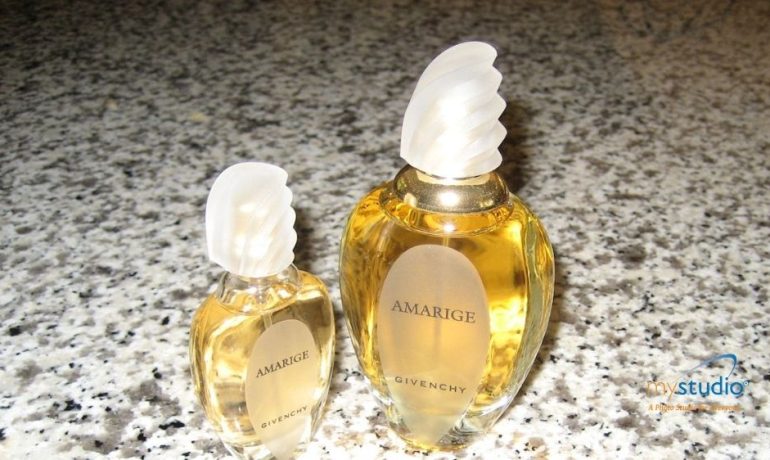There’s no doubt that one of the most important aspects of photography is using the right light. Whether you’re shooting in natural light or using artificial lighting such as in a light box for photography, it’s crucial to understand how each type of light affects your photograph. In this blog post, we’ll explore how to use artificial photography lighting in a photograph. We’ll discuss the different types of artificial lights and provide tips for using them to improve your product photography. So, whether you’re a beginner photographer or an experienced pro, keep reading to learn more about using artificial photography lighting!
What is artificial photography lighting and why would you use it in a photograph
Artificial Light is any light source that is not naturally occurring and is “created” or produced by a photographer with a variety of light sources. When taking pictures with artificial light, you have many more ways to influence the characteristics of the light source. A difference between natural lighting and artificial lighting lies in our ability to affect what kind of effects we want from these sources. In product photography lighting, for example, soft and full lighting is often desired to make sure all details of the product are shown. This is one of the reason a product photography light box can be so effective.
The different types of artificial photography lighting
The primary types of artificial lighting are continuous lighting and flash lighting. Continuous light fixtures are often found in photography lighting kits and portable light boxes for photography, where the light is even and constant. Flash lighting, also known as “strobe lighting,” are more often found in larger studios or where more power is needed to overcome strong ambient lighting such as sunlight or a bright room.
Common mistakes people make when using artificial photography lighting
When it comes to artificial photography lighting, especially in product photography kits, there are some mistakes that people commonly make. The first major error is not using the right kind or quantity for your needs; you should think about what type and how much illumination will best capture each specific moment in time or all the details of a piece of jewelry. Another factor could also arise from improper positioning which could create unwanted shadows or uneven light coverage.
Artificial photography lighting is a powerful tool for any photographer to have in their arsenal. Be sure to use the right type and amount of light, and position it correctly – or you could end up with an image that looks like this!

